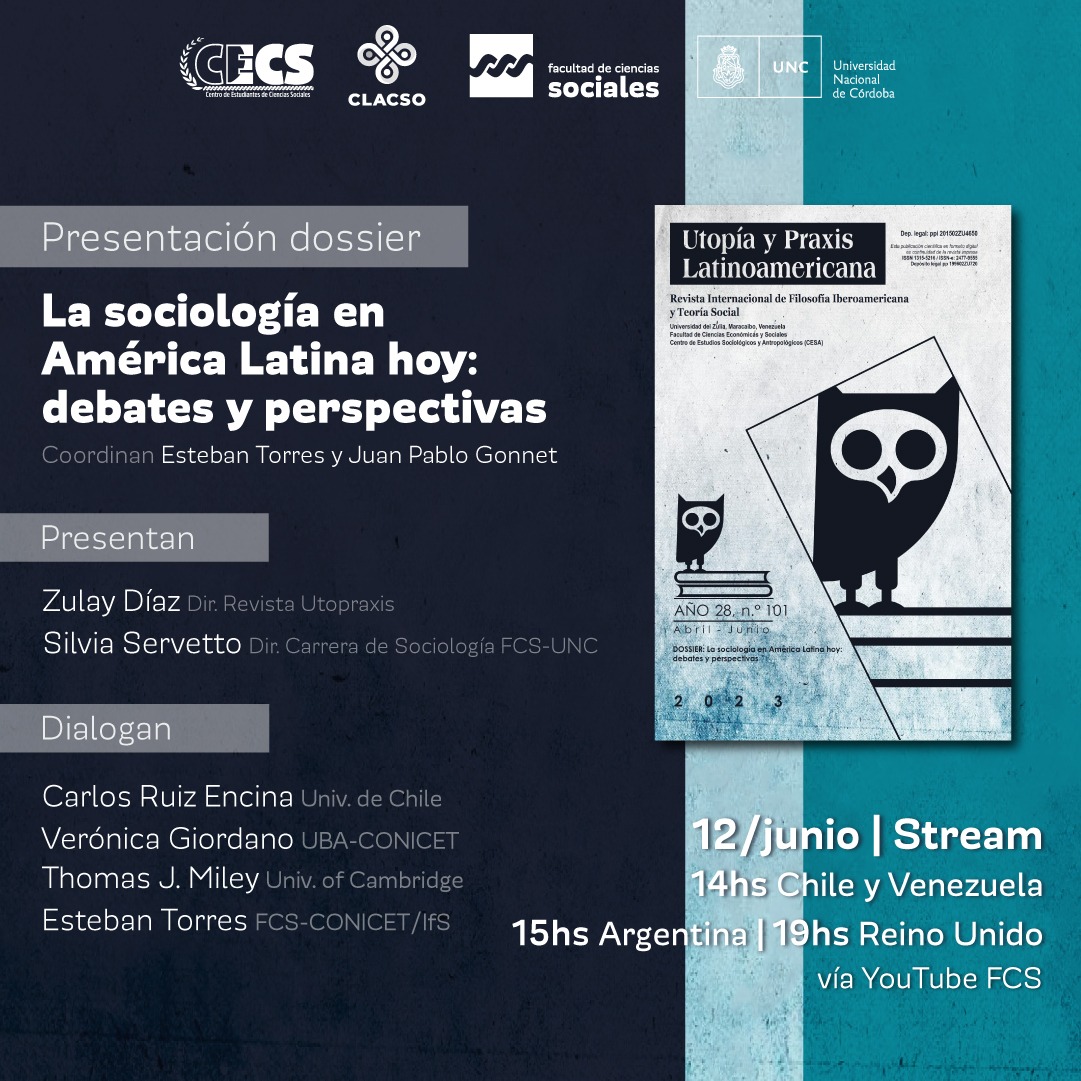Extralinguistic Basis of Color Coding. / Base extralingüística de la codificación de colores.
Resumen
ABSTRACT
This study interferes with peculiarities of world perception by various ethnic groups, reflected in the lexical layer of the language. Vocabulary is related to colour designation because it is one of the most relevant categories of cognition of the world. Colour perception is one of the most important aspects for representatives of any linguistic culture. When characterizing the colour of an object, a person can not only denote the features of its appearance in terms of colour but also convey important information. The language material (as colourative units) was mainly representedby adjectives which were appearing in the text of the study and contextual correspondences.
RESUMEN
Este estudio interfiere con las peculiaridades de la percepción del mundo por parte de varios grupos étnicos, que se reflejan en la capa léxica del idioma. El vocabulario está relacionado con la designación del color porque éste es una de las categorías de cognición más relevantes del mundo. La percepción del color es uno de los aspectos más importantes para los representantes de cualquier cultura lingüística. Al caracterizar el color de un objeto, una persona no solo puede denotar las características de su apariencia en términos de color, sino que también puede transmitir información importante. El material lingüístico (como unidades colorantes) está principalmente representado por adjetivos que aparecen en el texto del estudio y en las correspondencias contextuales.
Citas
ALON, N, YUSTER, R & ZWICK, U (1994). "Color-coding: a new method for finding simple paths, cycles and other small subgraphs within large graphs." In Proceedings of the twenty-sixth annual ACM symposium on Theory of computing, pp.326-335.
ASHRAPOVA, A, LITVINENKO, E & SHAKIROVA, D (2019).Language identity and its context policies.
BERLIN, B & KAY, P (1991).Basic color terms: Their universality and evolution.Univ of California Press.
BRESLAV, GE (2000). Color psychology and color therapy for everybody.St. Petersburg: B. &K.[in Russian].
BUKHAROVA, GK, SAMSITOVA, LK, TAGIROVA, SA, DAVLETKULOV, AK, DAVLETBAJEVA, RG & USMANOVA, MG (2016). "Color Symbolism in the Bashkir Toponymy." International Journal of Environmental & Science Education, 11(18).
CONG, YQ, JUNGE, C, AKTAR, E, RAIJMAKERS, M, FRANKLIN, A & SAUTER, D (2019). "Pre-verbal infants perceive emotional facial expressions categorically."Cognition and Emotion, 33(3), pp.391-403.
EREN, H (1999). Türkdilininetimolojiksözlüğü.BizimBuroBasmEvi.
FAKHRETDINOV, RM & AKHMETOVA, RA (2016). "Color naming in french and tatar." turkish online journal of design art and communication, 6(5), pp.2317-2321.
GIBSON, E, FUTRELL, R, JARA-ETTINGER, J, MAHOWALD, K, BERGEN, L, RATNASINGAM, S & CONWAY, BR (2017). "Color naming across languages reflects color use." Proceedings of the National Academy of Sciences, 114(40), pp.10785-10790.
HAMURKOPARAN (2014)."Zoonimnyjkomponent v tjurkskojtoponimii."Pedagogicheskieissle- dovanija, 2(5), pp.125-129.
HEIDER, ER & OLIVIER, DC (1972). "The structure of the color space in naming and memory for two languages." Cognitive psychology, 3(2), pp.337-354.
JOHANSSON, N, ANIKIN, A & ASEYEV, N (2020). "Color sound symbolism in natural languages." Language and Cognition, 12(1), pp.56-83.
KAY, P, BERLIN, B, MAFFI, L & MERRIFIELD, W (1997). "Color naming across languages." Color categories in thought and language, 21(2).
KUZNETSOVA, AA, ASHRAPOVA, AH, TARASOVA, FH, PESTOVA, MS & TARASOV, AM (2016). "Translation of culture-specific concepts: on the issue of translation mistakes in translation teaching methods."Modern journal of language teaching methods, pp.199-202.
MOISEEVA, SA (2003). "The semantic field of color notation in French.Unity of the system and functional analysis of language units."Sat scientific works. Belgorod: Publishing House of BelSU, 6(13), pp.60-64.
RAHMATULLINA, RR, ZAMALETDINOV, RR, KHABUTDINOVA, MM & ZAMALETDINOVA, GF (2017). "The role of colour definitions in tatar poetry (an example of marsel galiev's works)." Ad alta-journal of interdisciplinary research, 7(2), pp.34-36.
SCHINDLER, M & Von GOETHE, JW (1964). Goethe's Theory of Colour, Applied by Maria Schindler.New Knowledge Books.
SITDYKOVA, AF (2013). Kognitivnoeissledovanietsvetovogoprostranstva v tatarskomiazyke: avtoref.dis. kand. filol. nauk [Cognitive Study of Color Space in the Tatar Language (Doctoral dissertation, Ph. D. Thesis Abstract].
VEZHBITSKY, A (1996).Language.The culture.Cognition: Per. from English Repl. ed. M.A. Krongauz, entry.
WITZEL, C & GEGENFURTNER, KR (2011). "Is there a lateralized category effect for color?"Journal of vision, 11(12), pp.16-18.












